SI Swimsuit 2020 Destinations: Las Terrenas, Dominican Republic
Paradise is waiting for you in the Dominican Republic. This magical Caribbean country, best known for its beautiful beaches, vibrant culture, and electrifying nightlife, is the perfect place for your next vacation.
Thanks to its warm and hospitable people, the Dominican Republic is a destination like no other. Astounding nature, intriguing history and rich culture are just the tip of the iceberg when it comes to everything you can experience during a trip to this Caribbean paradise.
Looking for adventure? Spend the day on the water kayaking or jet skiing. In the mood for some rest and relaxation? Enjoy a sun-soaked yoga session or visit a spa at one of the island's many luxury hotels. Want to learn more about the Dominican Republic's history? Take a quick day trip to learn more about the first established city of the "New World."
BONUS: Shopping is a bona fide pastime in the DR—you'll find plenty to take home from the malls, markets and waterfront boutiques.
Sounds amazing, right? That’s because it is! You’ll get a little bit of everything at this one-of-a-kind location.
FAQs:
Where is the Dominican Republic located?
The Dominican Republic is located on the island of Hispaniola, between the Caribbean Sea and the Atlantic Ocean. Situated just a two-hour flight south of Miami, less than four hours from New York and eight hours from most European cities, it’s one of the most accessible Caribbean destinations.
How do I get to the Dominican Republic?
Air or boat. The Dominican Republic has eight international airports, five cruise destinations and a variety of marinas for boats and yachts of all sizes as well as smaller airports for private planes.
Can you share a quick snapshot history of the Dominican Republic?
The Dominican Republic’s first inhabitants were the valiant, skilled indigenous Taíno Indians who first settled on this side of the island.
In 1492, Christopher Columbus arrived on his first voyage, making Dominican Republic the first permanent Spanish settlement in the Americas or the “New World.” Today, the first city of the Americas, Santo Domingo, is the capital of the Dominican Republic, and continues to thrive while preserving its history and original Spanish architecture.
In the 1980s tourism replaced sugar as the country's leading foreign-exchange earner, exemplifying the growing diversity of the Dominican economy. Today, the Dominican Republic is the Caribbean’s No. 1 tourist destination, welcoming more than 6.5 million tourists from around the world each year.
What is the Dominican Republic known for and why?
Unparalleled beauty, specifically the beaches, and warm, hospitable people. South to east, and north, you will keep busy finding your favorite plot of sand along our 1,000-mile sandy shore. Over 200 beaches—many of which remain uncrowded and undeveloped—line the Caribbean and the Atlantic coastlines, ranging from a brilliant white to a handful of black sand stretching southwest.
Dominicans have a reputation for being among the friendliest people you’ll meet. They exude passion—in the way they speak a mile a minute, the way they dress and dance, and in their embrace of their fellow human being, be it neighbor or visitor.
The people and beauty of the Dominican Republic will leave a lasting impression on travelers time and time again.
Dominican Republic
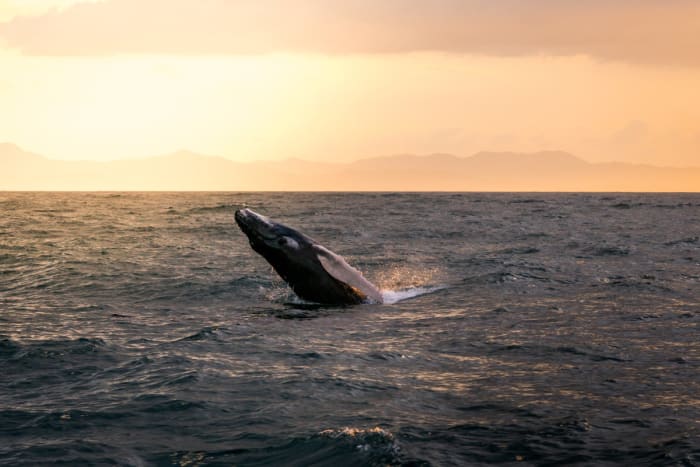
Dominican Republic
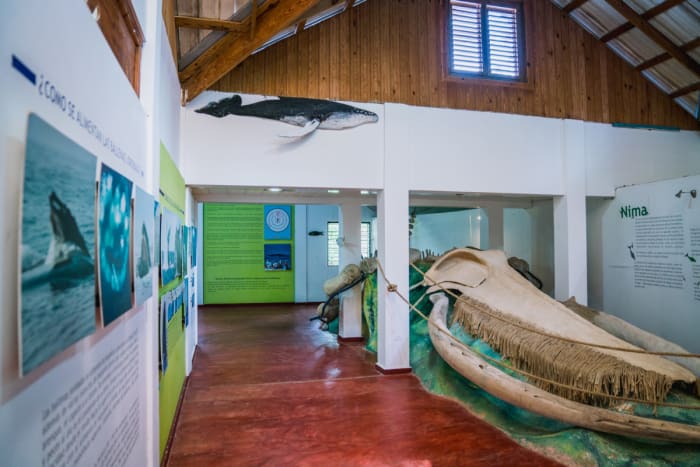
Dominican Republic
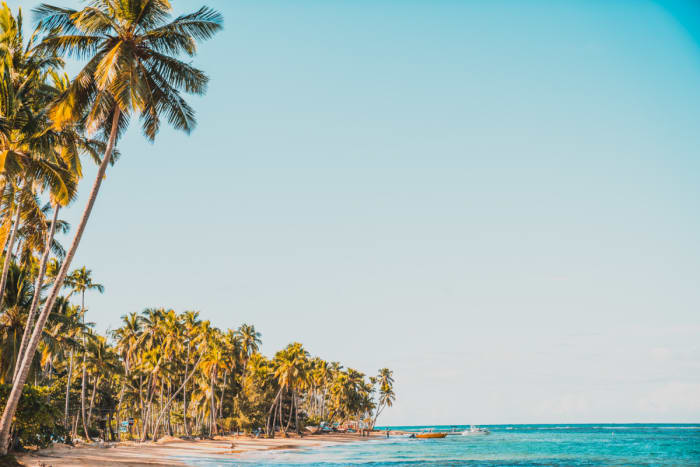
Dominican Republic
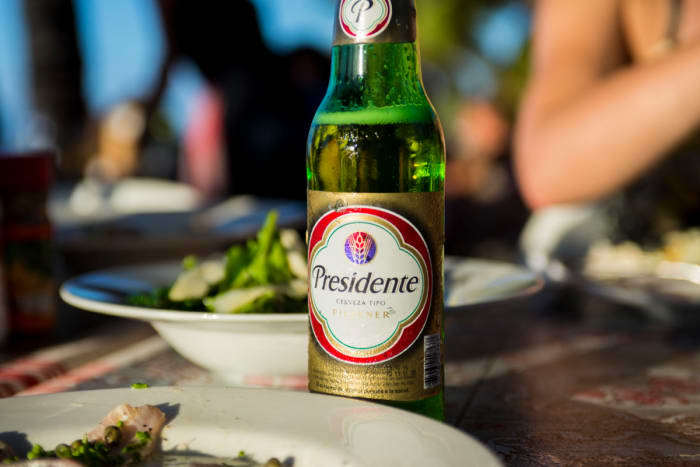
Dominican Republic
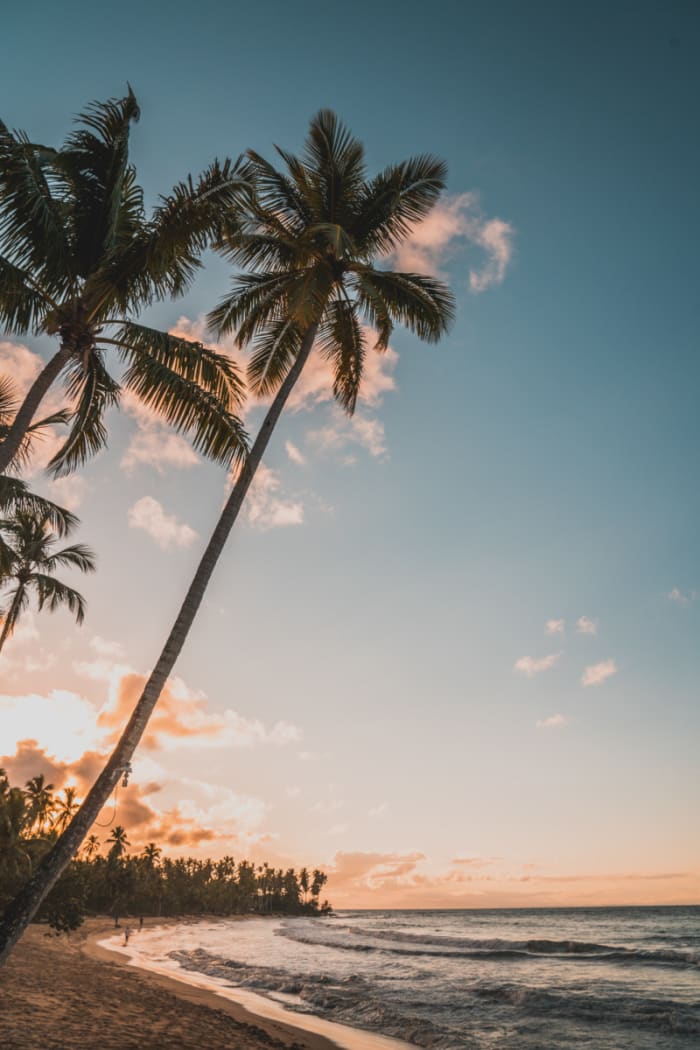
Dominican Republic
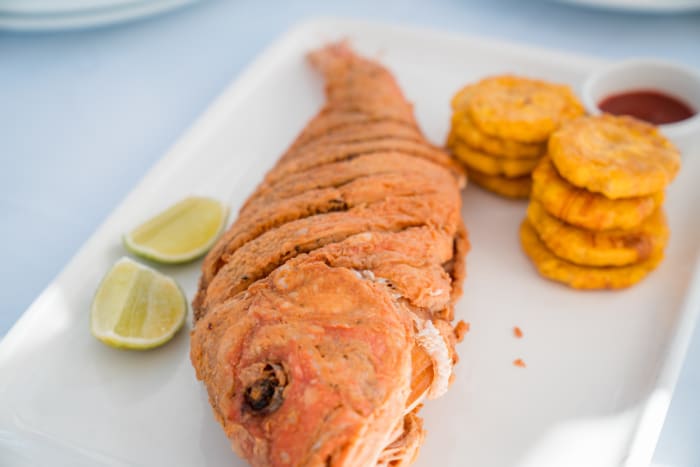
Dominican Republic
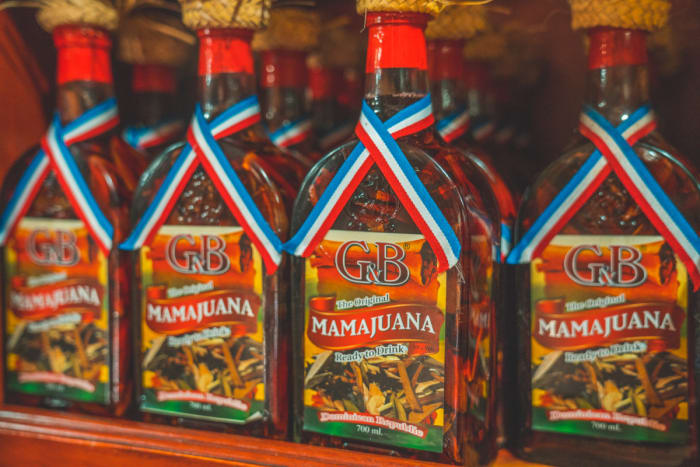
What is the weather like year-round in the Dominican Republic?
Surrounded by more than 1,000 miles of coastline on its north, east, and southern boarders, the Dominican Republic offers a tropical climate 365 days a year! Noontime temperatures range from 27°C to 32°C (80°F to 90°F ), and can fall to 18°C and 23°C (64°F to 73°F) during the winter.
Best time of year to travel to the Dominican Republic?
While Dominican Republic is an excellent year-round destination, December– April tends to be the prime travel season.
What is the topography like in the Dominican Republic?
The Dominican Republic is known to have the most diverse topography for a single nation in the Caribbean region. You can go from a sandy beach to a cool, mountainous town over 500 meters (1,700 feet) above sea level in less than three hours. The country’s coastline is no secret—racking up over 1,600 kilometers (1,000 miles) in total, with hundreds of accessible, breathtaking beaches. More surprisingly, DR is flanked by a series of grand mountain ranges, the most important of which—the Cordillera Central—is home to the Caribbean’s highest peak: Pico Duarte, sitting at 3,087 meters (10,128 feet).
Tell me about Las Terrenas, Dominican Republic.
The most visited and developed section of Samaná, Las Terrenas is the perfect blend of a dreamy beach village and a cosmopolitan town. Its waterfront boasts multiple stunning beaches, as well as a variety of small hotels, international bistros, apparel and arts and crafts boutiques, local restaurants and lively bars.
While the white-sand beaches located right in town are good for a swim, the surrounding Playa Bonita and Playa Cosón will take your breath away, perhaps as much as the delicious fresh seafood served on site. Nights come alive in Las Terrenas with dancing—from bachata to R&B, and top hits—along Pueblo de los Pescadores’ row of bars and lounges, uniting the area’s diverse residents under the stars.
Where is Las Terrenas located and what is so unique about that particular region in the Dominican Republic?
Las Terrenas is located along the northeast coast of the Samaná region. The easiest way to access Las Terrenas is arriving to Santo Domingo Las Americas Airport and arranging car transportation 2.5 hours north to Samaná.
The most visited and developed section of Samaná, Las Terrenas is the perfect blend of a dreamy beach village and a cosmopolitan town. Its waterfront boasts multiple stunning beaches, as well as a variety of small hotels, international bistros, apparel and arts and crafts boutiques, local restaurants and lively bars. No matter where you end up along Las Terrenas, you’re sure to fall in love and keep coming back time and time again.
Tell me about the culture and people of Las Terrenas, Dominican Republic?
Courtesy and hospitality are the core values of Dominican Republic, and it won’t take you long to meet locals or fall in love with the charming culture.
Family is of the utmost importance, to be cared for and cherished. Head to the beach or to the river on the weekends, and you will see how Dominicans love to spend their free time with their loved ones, cooking outdoors and sharing jokes. Affectionate in words and action, romance runs in the Dominican’s blood. Life is to be shared and lived fully.
Las Terrenas specifically has a large European influence due to the thousands of Europeans that arrived as tourists and became residents, setting up businesses that give the area its unique cosmopolitan vibe. In the downtown, French cafés and quaint guesthouses give way to Euro-chic boutiques, bistros, and beachfront lounges. All this aside, the Samaná peninsula retains its diverse cultural heritage. Croissants aside, you’ll find a cuisine rich in coconut flavors and seafood—an influence of early Canary Islands settlers, and descendants of 18th-century African American immigrants who continue to thrive here.
What are must-have packing items for a trip to Las Terrenas, Dominican Republic?
- Activewear: Las Terrenas is home to a plethora of active adventures both on and off the water, from stand-up-paddle boarding, to ATVing or ziplining, there are tons of great ways to get your pulse pumping and explore off the resort.
- Dancing shoes: No matter where you go, bachata or merengue is always nearby.
- Sunscreen: From sunup to sundown, we promise you won’t want to leave the pristine beaches and palm-filled forests.
Dominican Republic
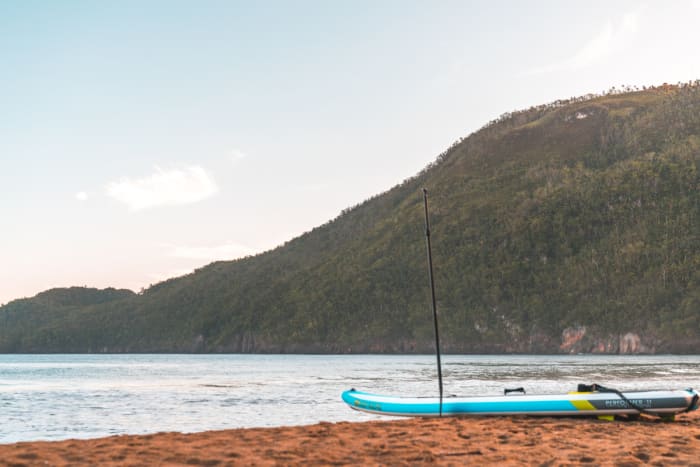
Dominican Republic
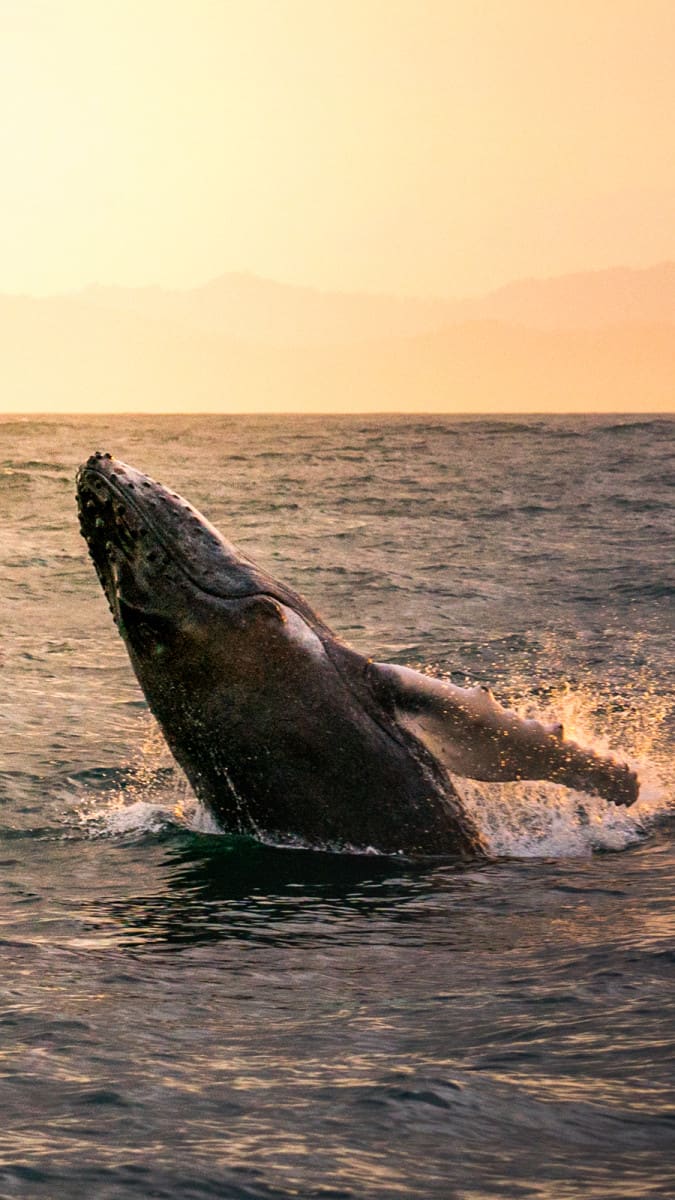
Dominican Republic
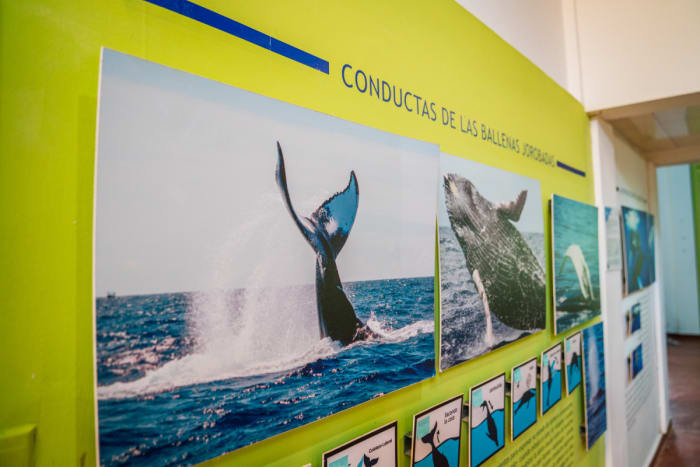
Dominican Republic
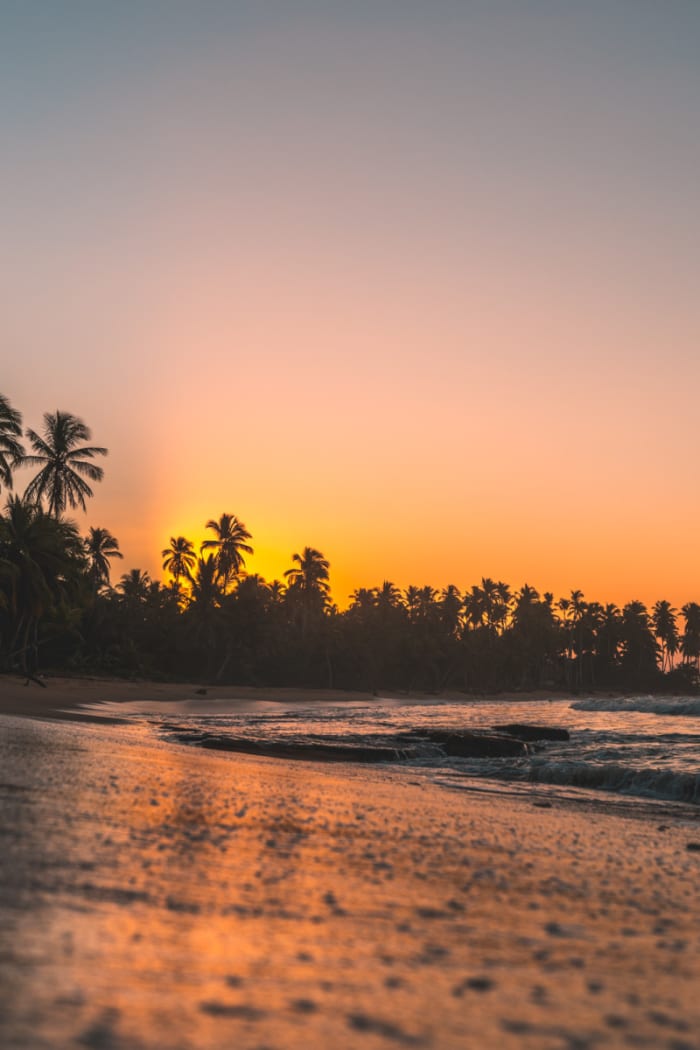
What is the one thing someone must bring home from Las Terrenas, Dominican Republic?
Larimar is a beautiful blue-and-white stone with a marbled appearance that is found only in the Dominican Republic. It is considered a semiprecious stone and it is often made into some of the most beautiful jewelry you'll find anywhere. The larimar used to make jewelry is also set in silver, with the very best pieces being set in gold. Since it is so beautiful and only found in the Dominican Republic, many visitors put larimar on their "have to get" shopping list.
What are some go-to restaurants in Las Terrenas, Dominican Republic?
- For great local fare, Resurante Luis, located right on the beach of Playa Cosón. This go-to spot is loved by locals and travelers alike and offers amazing fresh seafood, along with many Dominican staples like La Bandera, a heaping plate of rice and beans with chicken or meat, a side salad with avocado and tostones, crispy, fried and flattened plantains. Halima experienced the delicious cuisine firsthand!
- Ristorante La Dolce Vita, home to amazing Italian fare with a Dominican flare.
- Porto: Located along the beach, Porto offers fresh seafood with a Dominican flare.
What are the best bars in Las Terrenas, Dominican Republic? With beachfront bars where DJs spin the latest hits and nightclubs, Las Terrenas has the most active nightlife scene on the peninsula. Head over to Pueblo de los Pescadores, where a row of lively seaside lounges and bars offer happy hours, and the music gets louder after midnight until the wee morning hours.
- El Mosquito Beach Bar
- La Bodega Bar
- Otra Cosa
What are the best places to dance bachata in Las Terrenas, Dominican Republic?
In a country fueled by the strains of merengue and bachata, it’s no surprise to learn that dance clubs are a mainstay of the nightlife scene. But whether you’re looking for a cozy, romantic evening for two or dancing until the early morning, you’ll find plenty of options, both on and off the resort as many hotels have bars and lounges, or even discos.
- El Mosquito Beach Bar
- Otra Cosa
What are the top surfing beaches in Las Terrenas, Dominican Republic?
- Playa Bonita: The western edge of the beach is as still as a swimming pool, while the eastern side offers active waves for the adventurous.
- Playa Cosón: Among the top three most stunning beaches on the Samaná Peninsula, this golden, soft-sand stretch is ideal for long walks and popular for kitesurfing—with on-site classes—and body surfing, and there are a handful of boutique hotels flanking its western and eastern sides.
- Playa Punta Popy: As experienced by Camille Kostek, Playa Punta Popy is the social and water sports beach hub of Las Terrenas. Peppered with a maze of giant palm trees, its white-sand shores offer the perfect wind and wave conditions for kite surfers, new or experienced!
- Playa Las Galeras: Las Galeras is a beautiful white-sand stretch that holds its own, good for swims and cold drinks, as well as surfing on its western side. The atmosphere gets livelier at sunset, when the fishermen and the tour boats return at the end of the day, and everyone gathers for dominoes at sunset.
What are the top five must-see places in Las Terrenas, Dominican Republic?
- Playa Bonita: Playa Bonita is as pretty as its name suggests—a crescent-shaped, cozy white-sand beach lined with a variety of boutique hotels, villas and restaurants. The western edge of the beach is as still as a swimming pool, while the eastern side offers active waves for the adventurous.
- Playa Cosón: Among the top three most stunning beaches on the Samaná Peninsula, this golden, soft-sand stretch is ideal for long walks, popular for kitesurfing—with on-site classes—and body surfing, and there are a handful of boutique hotels flanking its western and eastern sides.
- Pueblo de los Pescadores: Smack in the heart of Las Terrenas, Pueblo de los Pescadores was originally the main landing site for the area’s fishermen. Over time, this beachfront evolved into a hub of seafront entertainment with its colorful row of trendy restaurants and bars.
- Playa Las Terrenas: This white-sand beach runs along the town’s center, tucked between Playa Punta Popy and Playa Las Ballenas. You’ll notice fishermen’s canoes in some parts, as well as a handful of beachfront bars, hotels and a boardwalk for those who want to hike along the beach.
- Playa Las Ballenas: Named after the 2,500 northern Atlantic humpback whales who migrate to Samaná Bay each January–March, this spacious, wide white-sand stretch with a shallow, calm sea sits right in the heart of Las Terrenas’s small town. Lined in part by hotels, villas, bars and restaurants, on either side of the beach, it offers plenty of shade, and shallow waters ideal for families.
What are the top five must-have experiences in Las Terrenas, Dominican Republic?
-Watch the sunrise at your beach of choice.
-Devour Dominican cuisine, we promise you’ll fall in love with the fresh fruits, Pescado de coco—fried fish with a traditional coconut sauce, a staple in Samaná—rice and beans and, of course, plantains.
-Go snorkeling at Las Ballenas: Off the coast of Las Terrenas, beginner divers and snorkelers will spot large schools of sergeant majors, surgeonfish and colorful corals thriving amid the rocks at Las Ballenas.
-Walk along the white-sand beaches of Playa Portillo or your favorite beach.
-Explore Pueblo de los Pescadores. Located in downtown Las Terrenas, this fisherman’s village is home to fishing markets, cigar rollers, fresh fruit markets and colorful houses and restaurants.
Who are the best tour companies in the area? And what kinds of tours do they offer?
- Adventure Runners: offers ATV rides, zip line tours and more.
- Caño Hondo Ziplines: Just a 20-minute drive east from the town of Sánchez, this course offers the unique opportunity to zipline inside the protected Los Haitises National Park. You’ll glide over the emerald pools of the Jibales River gushing through the resort.
- LT’Kite – Las Terrenas Kitesurf: Offers kiteboards, surfboards and standup paddleboards for rent.
- Carolina Surf School: Located within the Mosquito Hotel, this surf school situated along the shores of Playa Bonita is well known across the country and Caribbean.
- Kiteworld Las Terrenas.
- When visiting January–March, book a humpback whale watching tour with Whale Samaná.
Dominican Republic

Dominican Republic
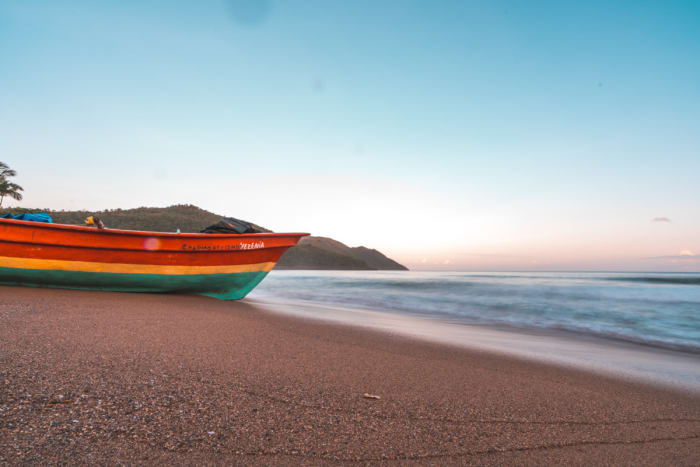
Dominican Republic

Any food and wine tours in Las Terrenas, Dominican Republic?
- Dominican Republic is home to the Caribbean’s only winery, Ocoa Bay, which is located in the southwest. That being said, in Las Terrenas and throughout Dominican Republic, rum and cigars are king and can be found anywhere you go.
- For hand-rolled cigars in Las Terrenas, head to Pueblo de los Pescadores.
- While there are not rum distilleries in Las Terrenas, there’s always an opportunity to kick back with your choice of dark or white rum, from Brugal to Barceló, Bermúdez, or Macorís brands.
- A handful of hotels offer food tours for their guests. Likewise, we always we encourage travelers to embark on their own foodie tour throughout downtown Las Terrenas.
Can you go whale watching in Las Terrenas, Dominican Republic?
Just about! Less than a 45-minute drive east of Las Terrenas in Samaná Bay travelers can experience whale-watching tours January–March. In addition to Samaná Bay, Dominican Republic also offers whale-watching experiences in the Silver Bank, located off the coast of Puerto Plata. This area is one of two places in the world where travelers can have in-water experiences with northern Atlantic Humpback Whales January–April.
For an adventure backpacker outdoorsy type of traveler, what can someone experience in Las Terrenas, Dominican Republic?
- Los Haitises National Park: Los Haitises National Park is one of the crown jewels of the Dominican Republic’s national park system. Los Haitises attracts numerous visitors who come here by boat to see its magnificent series of high rock formations; also, it boasts extensive mangroves along its bay, dotted with keys and caves.
- Creole Reef: Reached from Las Terrenas’ shores, Creole Reef is a kilometer-long (0.6 miles) coralline chain covered with a variety of gorgonian sea fans and is frequently visited by large Atlantic stingrays.
- Connect with locals and Explore Pueblo de Los Pescadores: Smack in the heart of Las Terrenas, Pueblo de los Pescadores was originally the main landing site for the area’s fishermen. Over time, this beachfront evolved into a hub of seafront entertainment with its colorful row of trendy restaurants and bars.
What are your recommendations for some R&R experiences
in Las Terrenas, Dominican Republic?
- Indulge in a local spa experience. Nearly every resort or hotel has a spa.
- Go horseback riding along the beach.
Do you have budget traveler advice and tips for traveling to and around Las Terrenas, Dominican Republic?
- If needed, skip the excursions—the endless beaches will keep you occupied.
- For fresh, affordable food, head to Pueblo de los Pescadores. Fishermen bring in the catch of the day to Las Terrenas and Las Galeras beaches, where guests staying in apartments can strike bargains with the fishermen and take home and cook the freshest seafood available in the country.
Why Las Terrenas, Dominican Republic? Tell us why it is so special.
The main appeal of Las Terrenas is its natural attractions, from pristine beaches to palm-filled forests, its beauty is truly captivating. That being said, no matter if you’re a beach enthusiast, foodie, nature lover or anything in between, Las Terrenas has endless leisure and adventure activities sure to keep travelers coming back time and time again.
FUN FACT: The Samaná Region has the highest density of palm trees in the Caribbean, over six million in fact! From desserts to dinner, opting for a flare of coconut is always a good choice.
Visit godominicanrepublic.com to learn more and start booking your trip to the Dominican Republic now!
